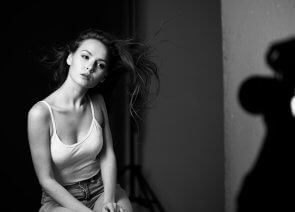Everyone is familiar with the main advantage of smartphone cameras — they are always with us and we love it about them. The quality of photos taken by our advanced devices is often so high that many seriously discuss abandoning large and heavy cameras. Fortunately, this prospect is unlikely, and for objective reasons (like quality and the possibilities of further use of images) photos from specialized devices will always be in demand both in the professional environment and among amateurs.
Nonetheless, it is the person, not camera, that shoots. And if a person knows the strengths and weaknesses of his device, then he or she has much more chances for success. In this article, we will try to make up a recipe for the excellent photos that your smartphone camera can take.
Smartphone cameras have fixed focal length lenses. If a smartphone has only one camera, then it is usually a wide angle lens equivalent to 24-28 mm focal length, which is good for shooting architecture and landscape. Thus, one shot can encompass more space.

The second distinguishing feature is the large depth of field of a smartphone due to the wide angle and a small size of a sensor. Primarily, all the same genres benefit from the great depth of field — landscape and architecture, where viewers would like to see as many clear details as possible.
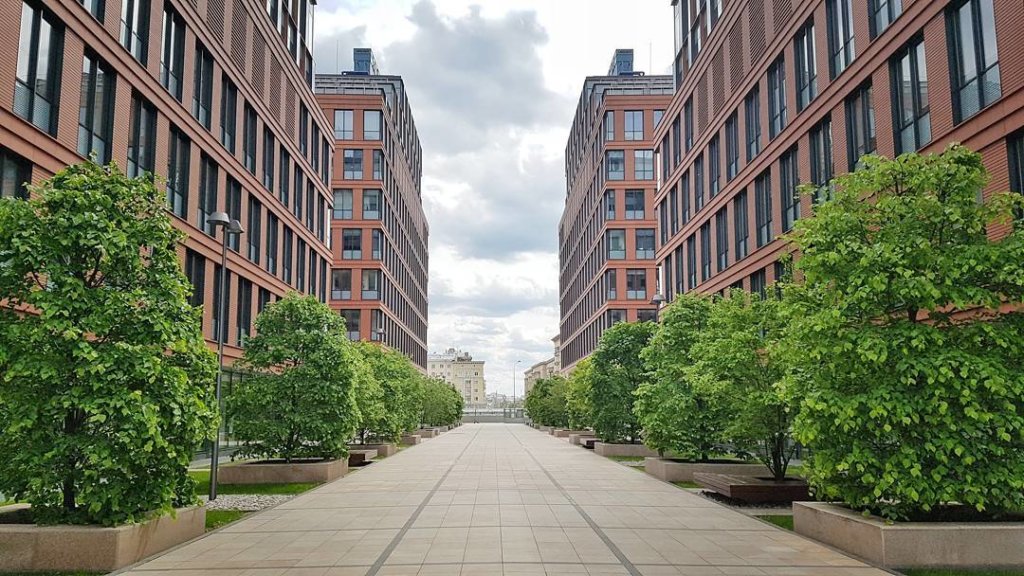
Objects are equally sharp both in the foreground and in the background.

However, this is not always an advantage. A large depth of field can bring out a large number of unnecessary details and objects. Here, creative approach is the best way out. Choose minimalistic compositions and a simple background without many details.
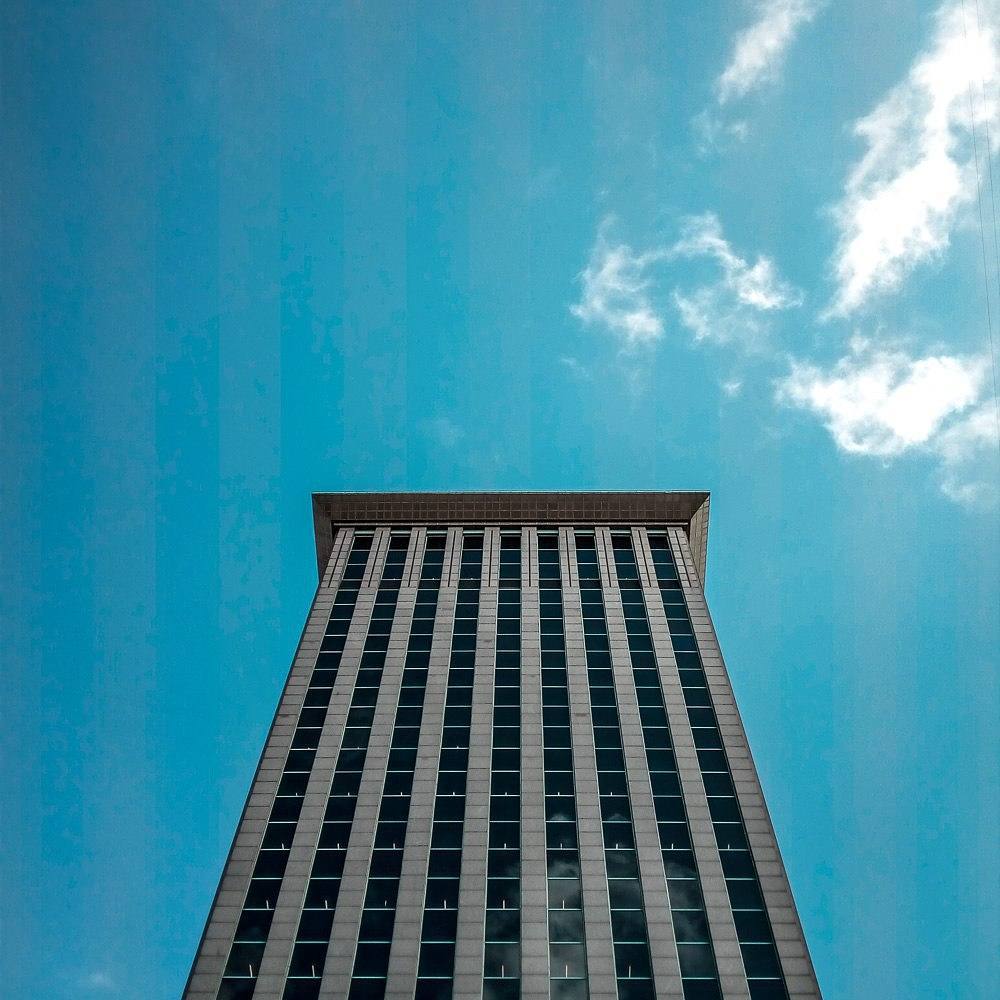
Another option — take «flat» pictures, where visibility is limited, for example, by a wall.

Simple compositions with objects on a surface look well.
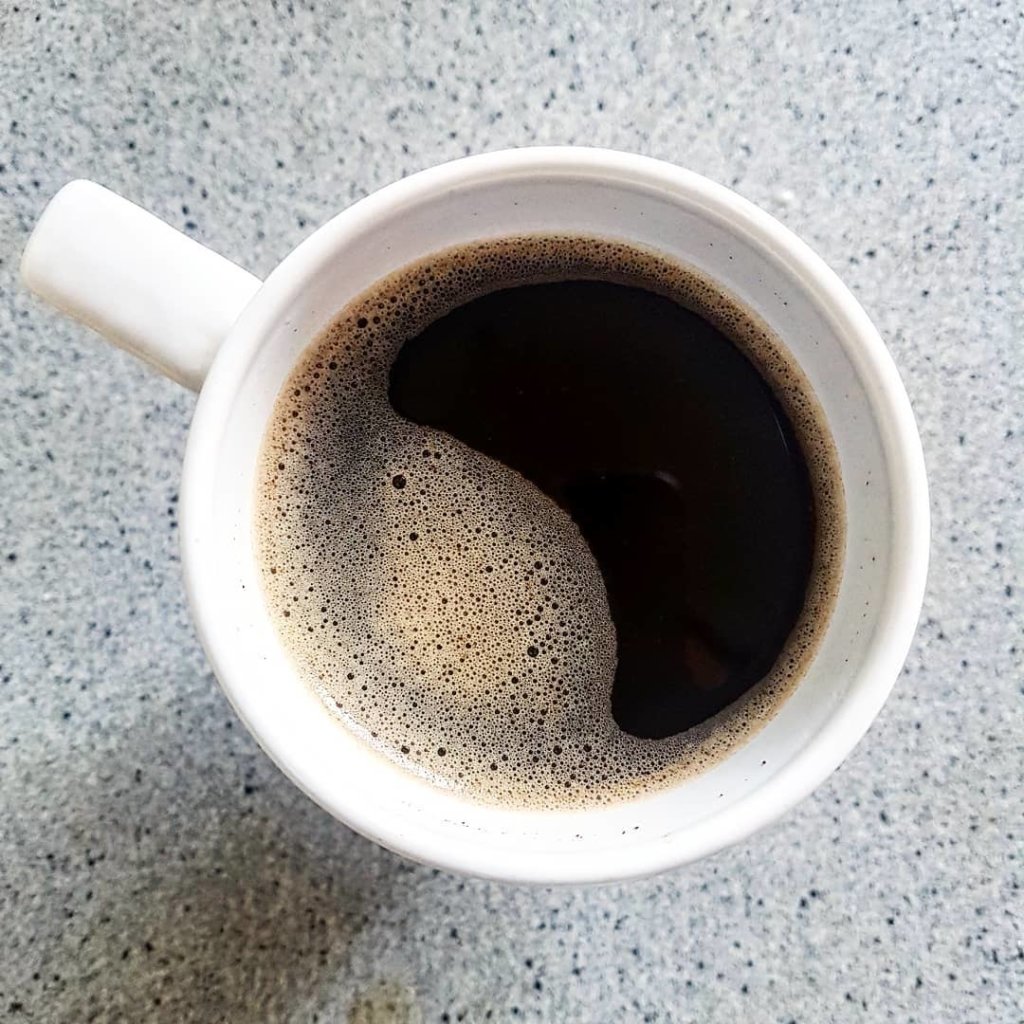
Small sensors can’t have large pixels, so smartphones can make pictures quite noisy at high ISO. However, the regular application of such photographs is bound to social networks, where a picture is so small that any defects can be mostly neglected, and since many photos are further processed, a lot of details can be «pulled up» from dark and bright areas.
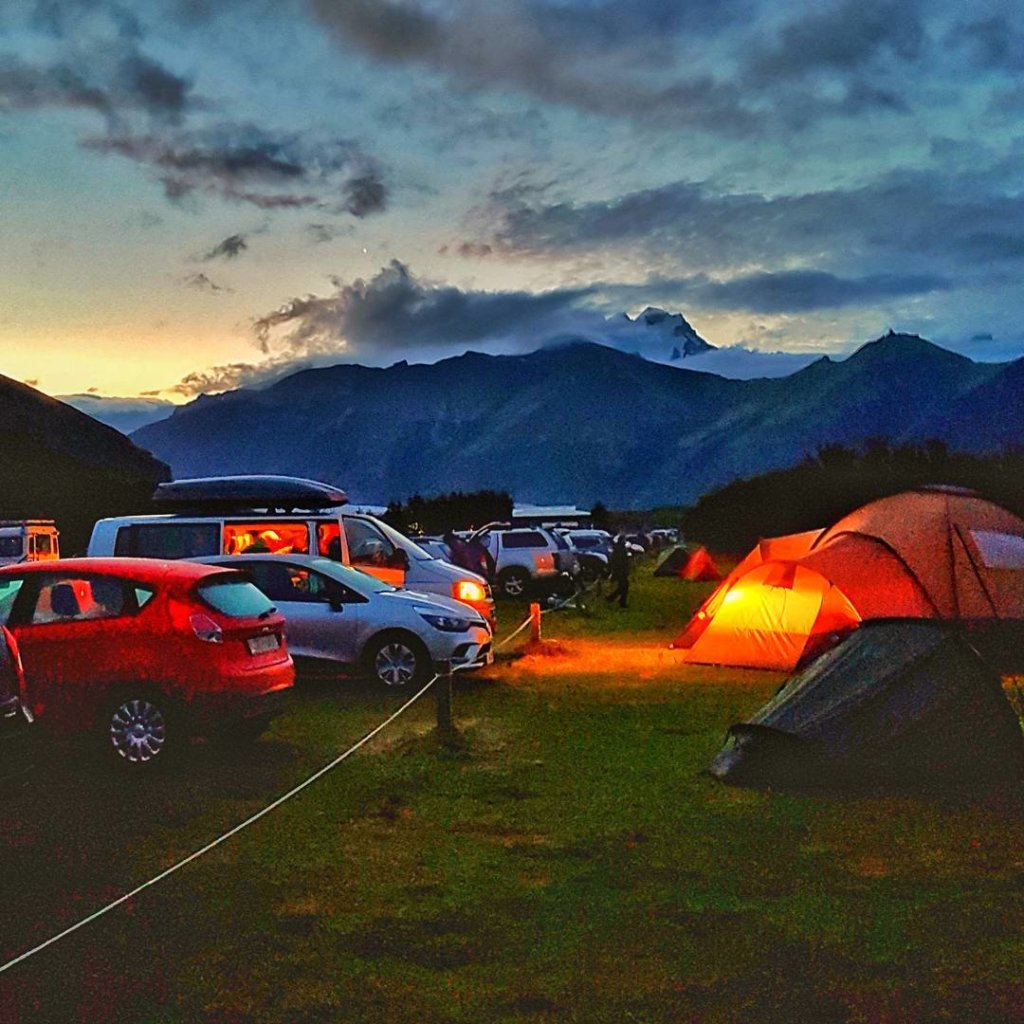

Among mobile photographs, large portraits are extremely rare. The reason behind this is noticeable distortions from a small focal length. You know, many manufacturers have added a second lens, but it requires much more light and the algorithms for artificial blurring of the background are impressive at first glance, but have not yet reached a natural level, so the tongue does not turn to recommend them. A compromise solution may be the use of special gadgets — telelens for smartphones on a clip, which provide additioinal possibilities to play with beautiful effects in the blur zone.
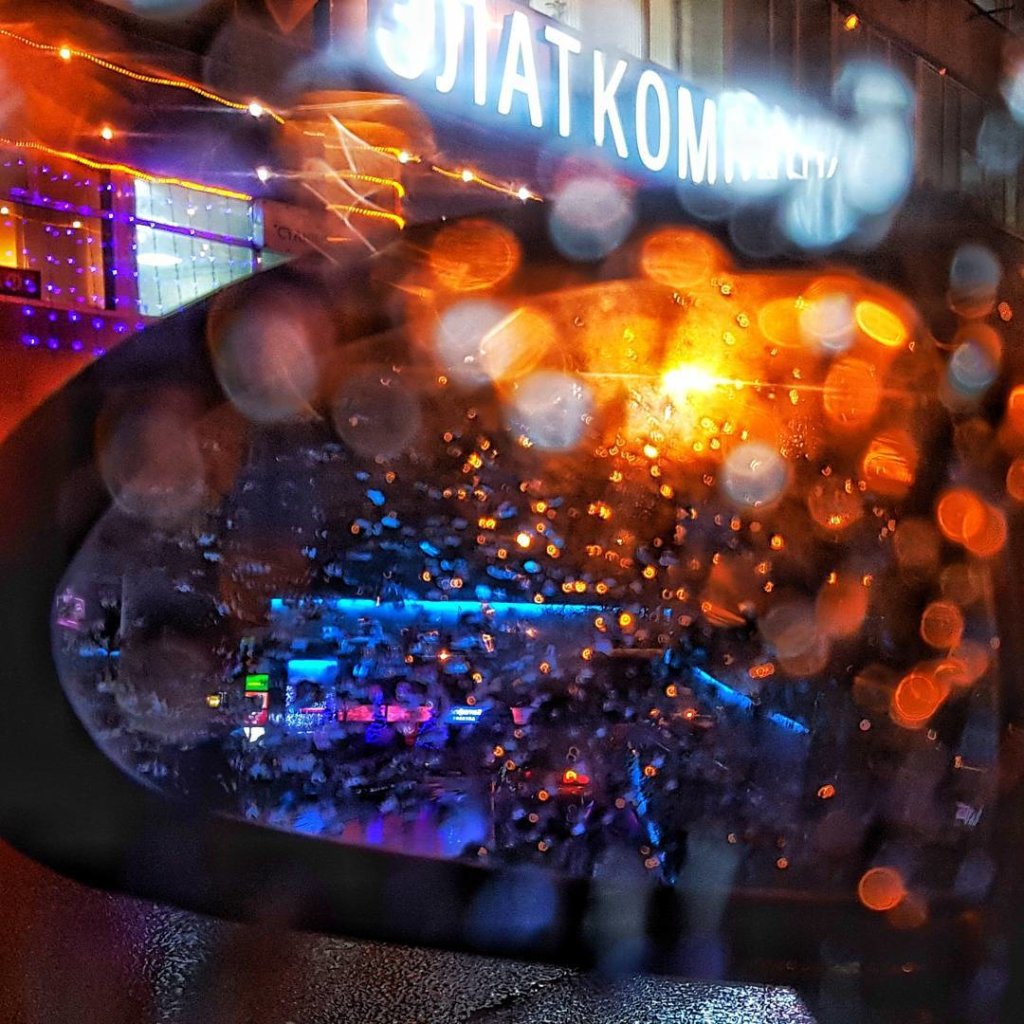
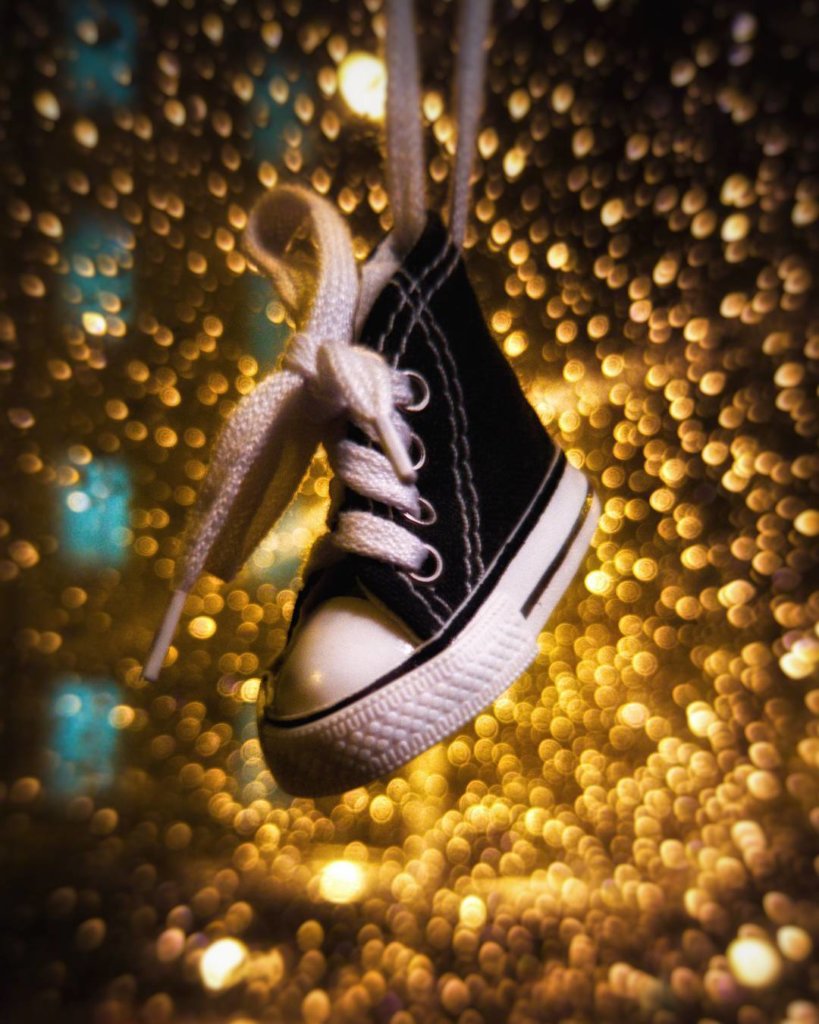
At our free creative trainings that take place at our school before the start of the «Basic photo course» you can shoot with any camera or phone. Together we explore what makes a photo interesting and well-percieved by a viewer, and how to achieve this by all means.
Peter Pokrovsky








